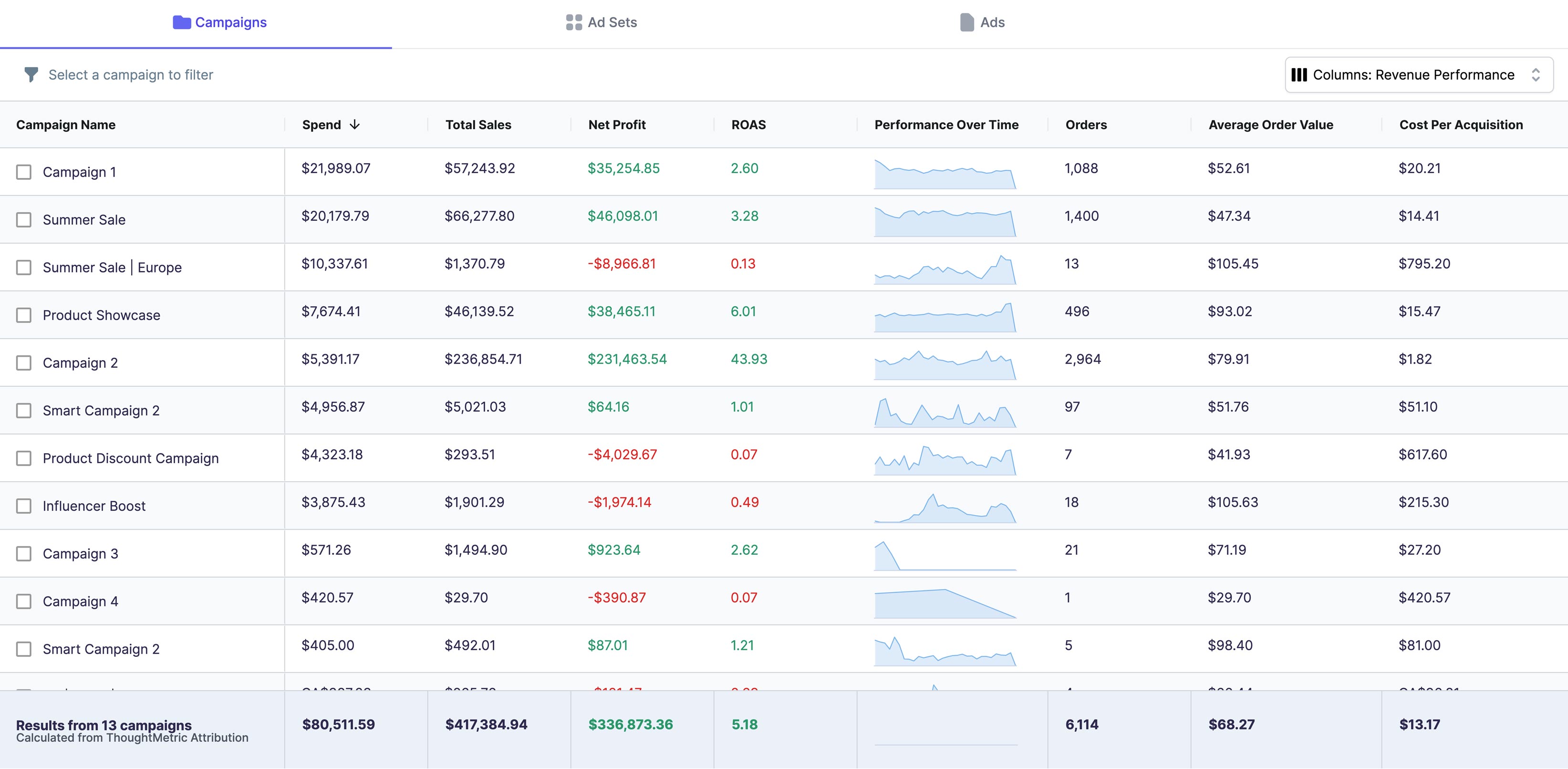If you run an online store on Shopify, understanding your website's performance is crucial to driving growth. One of the key metrics that can help you track the success of your website is the average time on site. In this article, we'll explore how to calculate average time on site in Shopify, and what you can do to improve this metric.
Understanding Average Time on Site
Before we dive into the specifics of calculating your average time on site, let's take a moment to understand what this metric means. Average time on site refers to the amount of time that a user spends on your website during a single session. This includes the time spent browsing different pages, viewing products, and interacting with your content.
Importance of Average Time on Site
The average time on site metric is important because it provides valuable insights into how engaged your visitors are with your website. Generally, a higher average time on site indicates that visitors find your website interesting, engaging, and useful. This is a crucial metric because it shows that visitors are not only finding what they are looking for, but they are also spending time exploring other parts of your website. This can lead to increased brand awareness, higher conversion rates, and more loyal customers.
On the other hand, a low average time on site suggests that visitors are quickly moving on to other websites, indicating a possible issue with your website's design, usability, or content. This can be a red flag for website owners, as it means that visitors are not finding what they are looking for on your website, and are instead turning to your competitors.
Factors Affecting Average Time on Site
There are several factors that can affect your website's average time on site. First and foremost, page load speed is a crucial factor. If your website takes too long to load, visitors are likely to become frustrated and leave your website. This can have a negative impact on your average time on site, as well as your overall website traffic.
Website design and user experience are also important factors. A well-designed website that is easy to navigate and visually appealing can keep visitors engaged for longer periods of time. On the other hand, a poorly designed website with confusing navigation and a cluttered layout can lead to a high bounce rate and a low average time on site.
Finally, the relevance of your content is another important factor that can affect your average time on site. Visitors are more likely to spend time on your website if your content is relevant, informative, and engaging. This includes everything from blog posts and articles to product descriptions and landing pages.
By paying attention to these factors and working to improve them, you can increase your website's average time on site and create a more engaging and effective online presence.
Setting Up Google Analytics for Shopify
Setting up Google Analytics is an important step towards understanding your Shopify store's performance. With Google Analytics, you can track key metrics such as the number of visitors, bounce rate, and average time on site. In this guide, we'll walk you through the steps to set up Google Analytics for your Shopify store.
Creating a Google Analytics Account
The first step is to create a Google Analytics account. This is a simple process that requires a Google account. If you don't have a Google account, you can create one for free. Once you've signed up, you'll be prompted to create a new account for your website. This involves entering your website's name, URL, and selecting your industry category.
It's important to note that Google Analytics has a free and paid version. For most small businesses, the free version is sufficient. However, if you have a large website with high traffic, you may want to consider the paid version for more advanced features.
Integrating Google Analytics with Shopify
Once you've created your Google Analytics account, you'll need to integrate it with your Shopify store. This involves installing the Google Analytics app from the Shopify App Store. The app is free and easy to install. Simply search for "Google Analytics" in the App Store and click "Install".
After you've installed the app, you'll need to follow the instructions to connect it to your Google Analytics account. This involves entering your Google Analytics tracking ID, which can be found in your Google Analytics account. Once you've connected the app to your account, it will start tracking your Shopify store's performance.
Configuring Google Analytics Settings
After you've integrated Google Analytics with your Shopify store, you'll need to configure your settings to start tracking your website's performance. This involves selecting the metrics you want to track, setting up goals, and creating custom reports.
One important setting to configure is your website's tracking code. This is a piece of code that needs to be added to your Shopify store's theme. You can find instructions on how to add the tracking code in your Google Analytics account.
Another important setting to configure is your website's goals. Goals are specific actions you want visitors to take on your website, such as making a purchase or signing up for a newsletter. By setting up goals, you can track how well your website is performing in terms of conversions.
Overall, setting up Google Analytics for your Shopify store is a crucial step towards understanding your website's performance. By tracking key metrics and configuring your settings, you can make data-driven decisions to improve your website's user experience and increase conversions.
Analyzing Average Time on Site in Google Analytics
Now that you've set up Google Analytics, it's time to start analyzing your website's average time on site. Here's how you can do it:
Navigating to the Behavior Reports
To access the average time on site metric, navigate to the Behavior reports in Google Analytics. From there, click on the Overview tab and look for the Average Session Duration metric. This will show you the average time that visitors spend on your website during a single session.
Interpreting the Average Time on Site Metrics
Interpreting the average time on site metric can be tricky, as there are several factors that can affect this metric. Generally, a higher average time on site indicates that visitors find your website engaging and valuable. However, it's important to consider other factors such as bounce rates, page load speed, and user experience when interpreting this metric.
Comparing Time on Site Across Different Pages
Another useful feature of Google Analytics is the ability to compare average time on site across different pages on your website. This can help you identify which pages are most engaging to visitors, and which pages may need improvement. To do this, navigate to the Behavior reports and select the Site Content tab. From there, you can view the average time on site for each individual page on your website.
Tips for Improving Average Time on Site
Improving your website's average time on site can have a significant impact on your business's success. Here are some tips to help you improve this metric:
Optimizing Page Load Speed
One of the biggest factors affecting average time on site is page load speed. If your website takes too long to load, visitors are more likely to leave quickly. To optimize your page load speed, ensure that your images are compressed, utilize a content delivery network (CDN), and avoid heavy scripts that slow down your website.
Enhancing User Experience and Navigation
Another key factor in keeping visitors engaged on your website is providing a positive user experience and easy navigation. Ensure that your website is easy to navigate, with clear menus and links to important areas of your website. Additionally, make sure that your website's design is visually appealing and easy to read.
Creating Engaging and Relevant Content
Finally, creating engaging and relevant content is critical to keeping visitors on your website. Ensure that your product descriptions, blog posts, and landing pages are written in a way that is engaging, informative, and relevant to your target audience. Use images and videos to break up text and make your content more visually appealing.
Conclusion
Calculating and improving your website's average time on site is a critical step in driving growth for your online store. By following the tips and strategies outlined in this article, you can increase engagement, reduce bounce rates, and improve your overall website performance.





